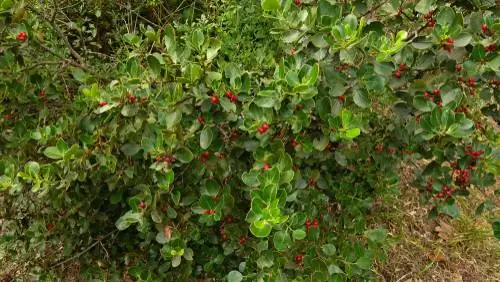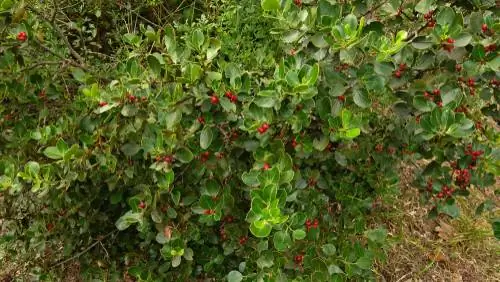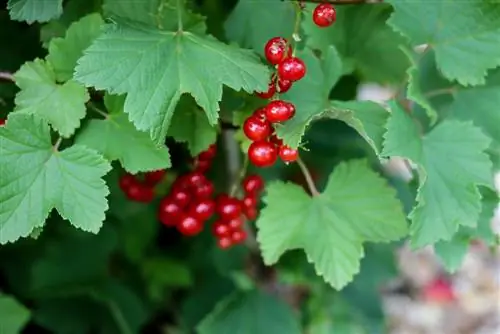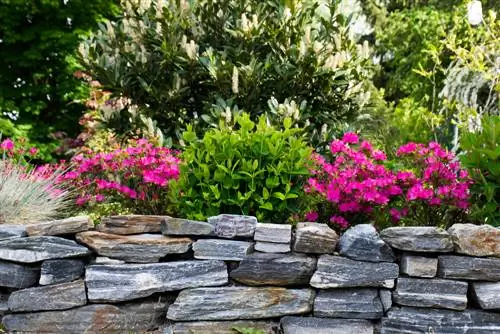- Author admin [email protected].
- Public 2023-12-16 16:46.
- Last modified 2025-01-23 11:22.
Brickthorn is one of the most valuable native trees because the shrub offers many ecological advantages. Its growth habit makes the tree the ideal shrub for the natural garden, where many animals feel comfortable. The splendor of flowers attracts pollinators and sets accents.

Why is a buckthorn hedge good for the ecology?
A buckthorn hedge offers numerous ecological benefits by serving as a habitat for birds and insects. The undemanding, thorny shrub with bizarre growth forms grows up to 8 meters high and is suitable for soil consolidation and erosion protection.
Special features
The Purgier buckthorn occurs in alluvial forests and inhabits open forests and forest edges. As a native species, the wood forms hedges and bushes that are considered a valuable habitat for birds. Numerous species of butterflies feed on the leaves. Bedbugs and longhorned beetles find a retreat in buckthorn. The flowers attract wild bees and bumblebees looking for nectar.
Appearance
Buckthorn is a deciduous shrub that can grow up to one meter high. In suitable locations, the tree occasionally reaches heights of between six and eight meters. Its branches are irregular and sparse, creating a bizarre growth habit.
Young shoots develop a light gray bark that becomes almost black over the years and peels off in transverse bands. When the bark is injured, an unpleasant aroma is released. The fully grown short shoots end in thorns that overlap the branches in a cross shape. This is why the species got its German name.
Between May and June, the buckthorn blooms with yellow-green flowers that grow in threes to fives on inflorescence stems. They arise from the leaf axils. Rhamnus catharica is dioecious. There are purely female and male plants. Fruit ripening begins in September. The black stone fruits are poisonous to humans.
Usage
Rhamnus cathartica develops a deep root system, which is why the tree is suitable for fortifying slopes. Buckthorn can be planted in loose soil that is worn down by environmental influences. If it has formed a dense hedge, the soil is protected from erosion.
The buckthorn forms a natural habitat in the garden. It fits into the overall picture of wild trees and can also be planted as a solitary plant. The shrub harmonizes in plantings with dogwood, honeysuckle and dog rose.
Other buckthorn species:
- Rock buckthorn (Rhamnus saxatilis): low shrub up to one meter high
- Krainer buckthorn (Rhamnus fallax): shrub up to three meters high, thornless
- Dwarf buckthorn (Rhamnus pumila): ground cover up to 20 cm high






